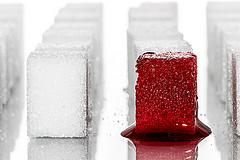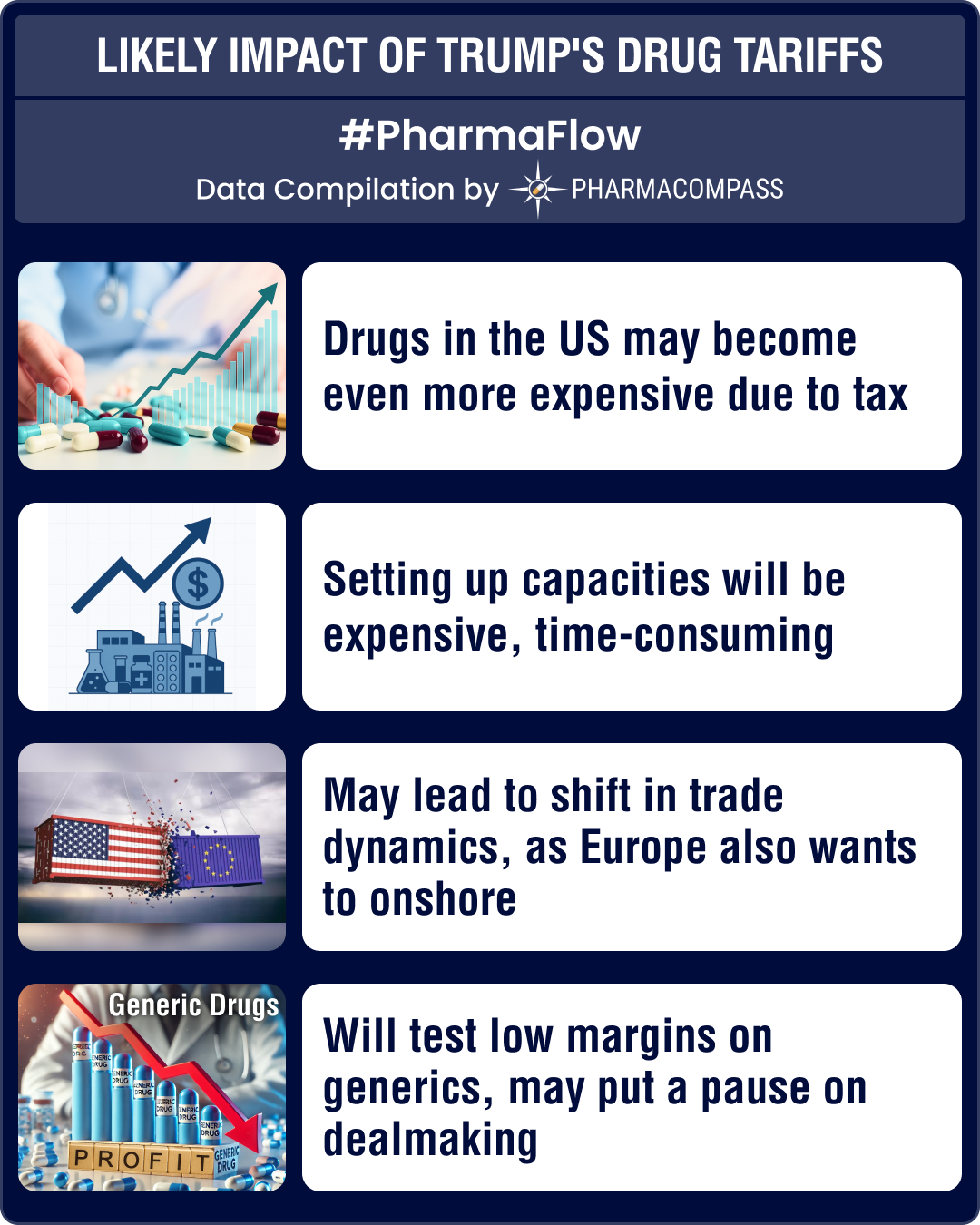
Recently launched type 2 diabetes molecules, canagliflozin, dapagliflozin, and empagliflozin, were served a deadly blow as the FDA recently issued a safety warning regarding their use, leading to a potential life-threatening condition. As almost all diabetes products have some side effect or the other, we are wondering, which next generation diabetes drug is the safest?
The recent warning of the U.S. Food and Drug Administration (FDA) says that: “type 2 diabetes medicines canagliflozin, dapagliflozin, and empagliflozin may lead to ketoacidosis, a serious condition, where the body produces high levels of blood acids called ketones, that may require hospitalization”.
The FDA warning is a severe setback as it limits the options available to reduce blood sugar without the need for needles.
Ketoacidosis, typically affects type 1 diabetes patients, but patients using these new molecules were type 2 diabetes and have developed ketoacidosis. All of the cases highlighted by the FDA involved people with type 2 diabetes, even if the condition manifested itself slightly differently than in patients with type 1 diabetes.
These drugs, are also known as SLGT2 inhibitors. They have been on track for blockbuster sales and are sold under different brand names.
Table// Brand names for SLGT2 inhibitors (canagliflozin, dapagliflozin, and empagliflozin):
|
Company Name |
Single Ingredient |
Fixed-dose Combination |
|
Invokana® (canagliflozin) |
Invokamet® (canagliflozin and metformin) |
|
|
Farxiga® (dapagliflozin) |
Xigduo XR® (dapagliflozin and metformin) |
|
|
Jardiance® (empagliflozin) |
Glyxambi® (empagliflozin and linagliptin) |
Blockbuster sales:
Johnson & Johnson, the first to get approval for their SGLT2 inhibitor (canagliflozin) in the United States, reported in 2015 first quarter sales of $278 million, almost triple of their sales for the same period last year. The quarter-on-quarter growth was almost 40%!
AstraZeneca, on the other hand, had to contend with a dapagliflozin drug stock out in Canada “due to higher than anticipated demand”.
Actually, the overall sales estimates, for this class of drugs, have been variable with some analysts believing the annual sales will be US$2 billion, while others, expect them to reach US$5 billion.
Adverse side effects:
Despite these success stories, SGLT2 inhibitors have had a bumpy ride in
the approval process with potential cancer risk,
leading to the rejection of the initial dapaglifloxin application by the FDA. This
category of molecules have also been
linked to increased rates of genital and
urinary tract infections, along with kidney damage and cardiovascular issues.
So who will benefit?
All this bad news on SGLT2 drugs could be positive for another class of anti-diabetic molecules called DPP4 inhibitors.
Merck & Co’s Januvia® (sitagliptin) and Janumet® (sitagliptin and metformin) dominate this category of products with almost $6 billion in 2014 sales. In addition this year, Merck succeeded in demonstrating the cardiovascular safety of Januvia®, which was not the case for other DPP4 inhibitors like AstraZeneca’s Onglyza® (saxagliptin) and Takeda’s Nesina® (alogliptin).
While Merck’s Januvia has its own set of concerns (there have been reports of acute pancreatitis), the risks compare mildly when associated with other new anti-diabetes drugs.
For Takeda’s other diabetes drug, Actos® (pioglitazone), lawsuits related to cancer risks drove the company to its first annual loss in six decades. They paid a settlement of $2.4 billion last month.
While Actos® continues to remain on the market, safety concerns will impact the future sales of diabetes medicines, as they all battle one of the biggest epidemics challenging public health.
The PharmaCompass Newsletter – Sign Up, Stay Ahead
Feedback, help us to improve. Click here
Image Credit : Diabetes 2/4 by Dennis Skley is licensed under CC BY 2.0
“ The article is based on the information available in public and which the author believes to be true. The author is not disseminating any information, which the author believes or knows, is confidential or in conflict with the privacy of any person. The views expressed or information supplied through this article is mere opinion and observation of the author. The author does not intend to defame, insult or, cause loss or damage to anyone, in any manner, through this article.”






